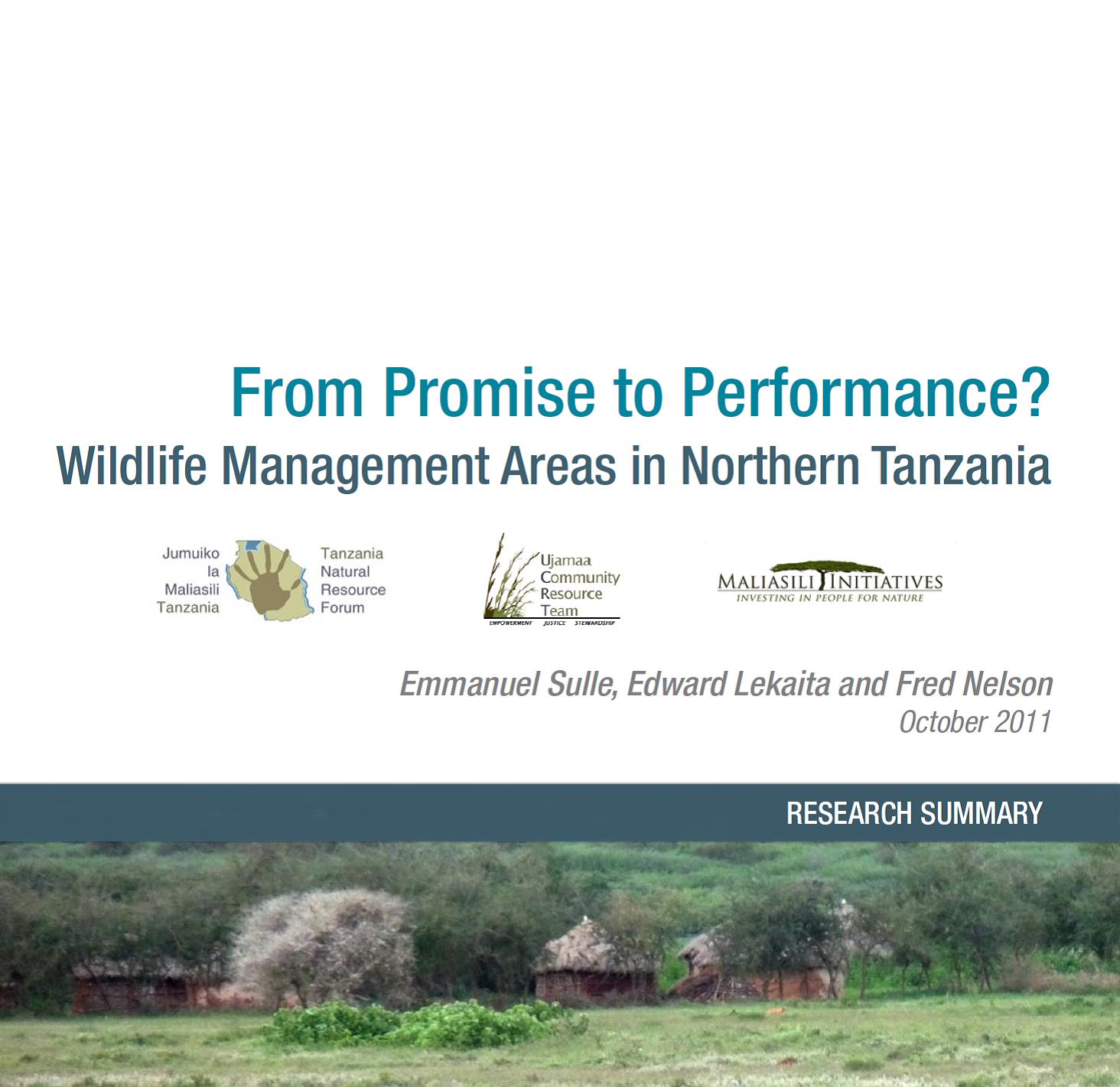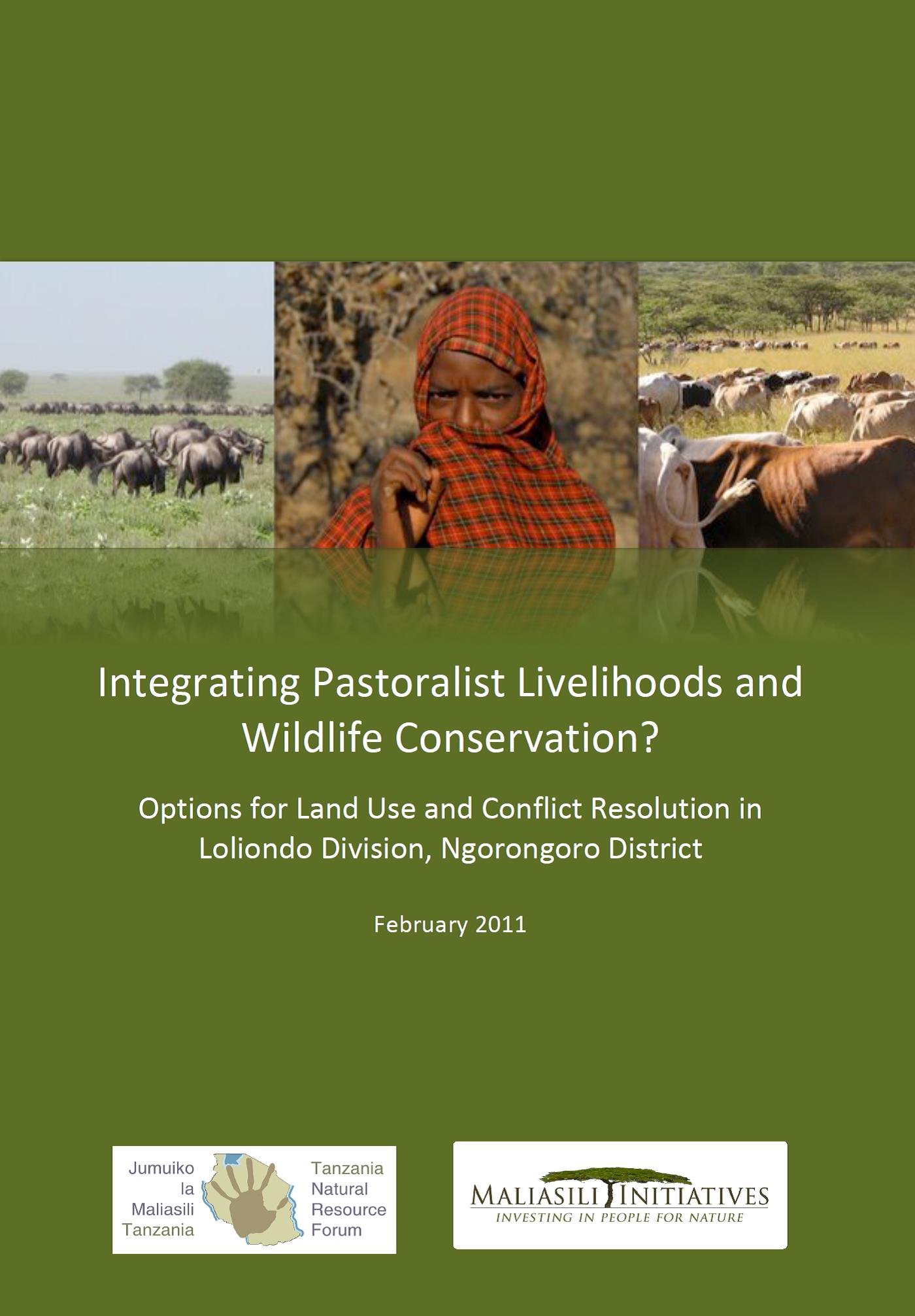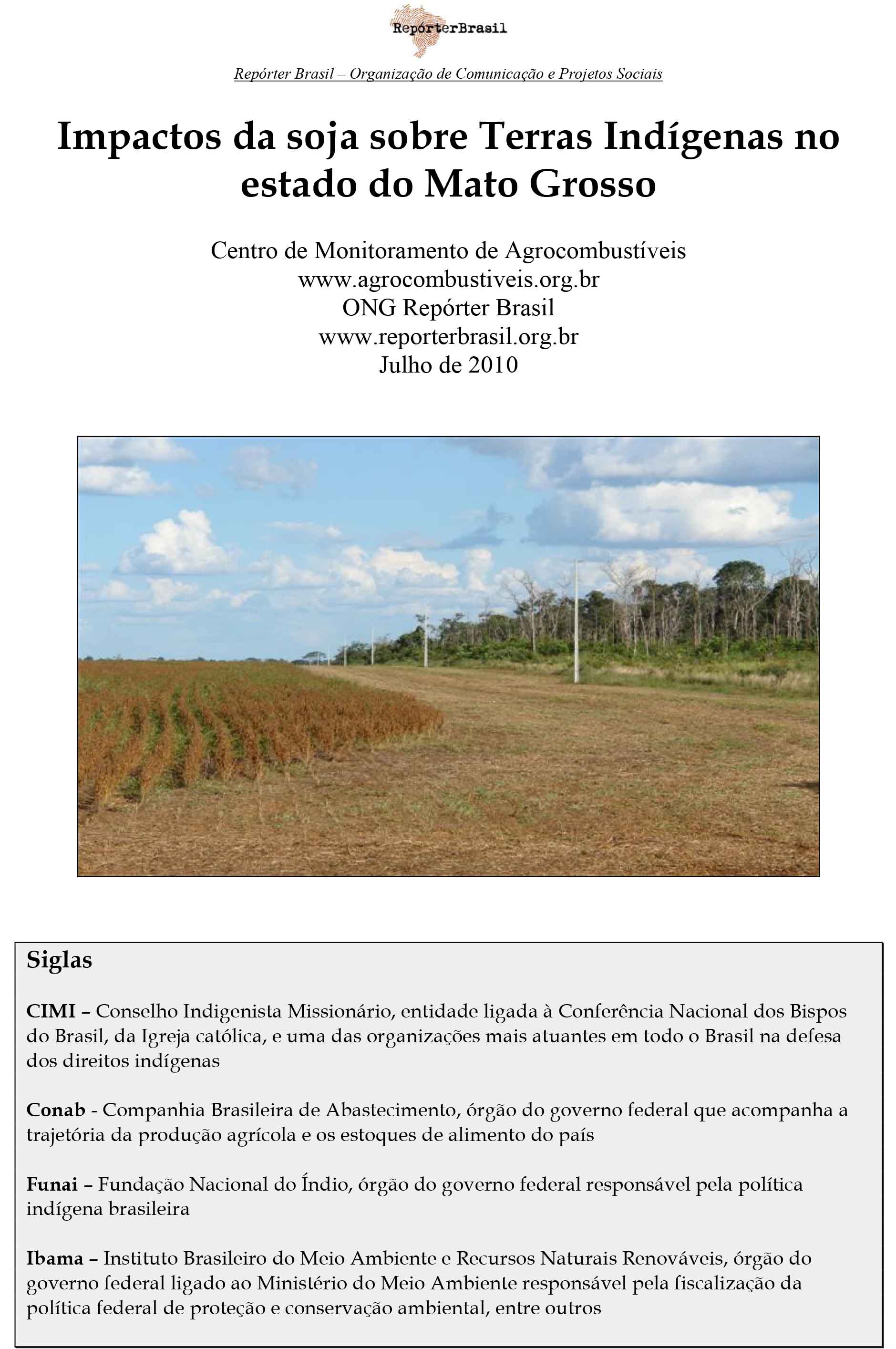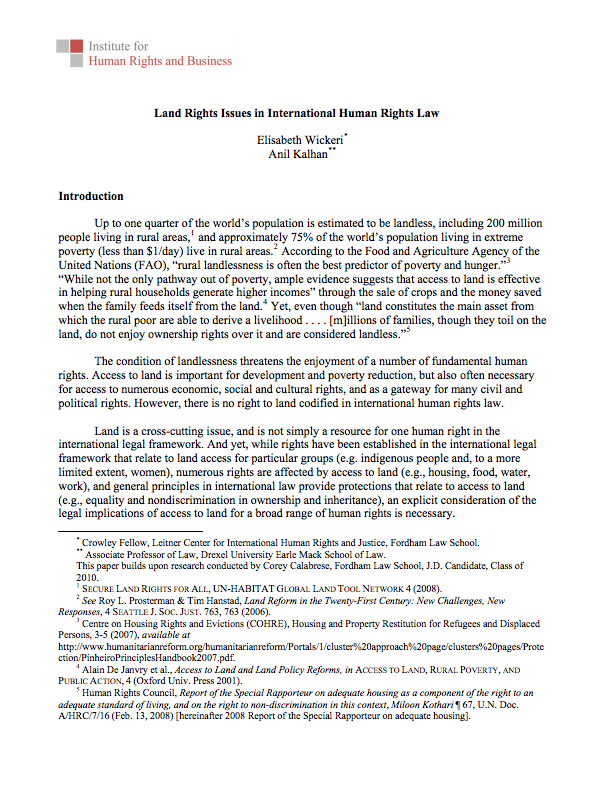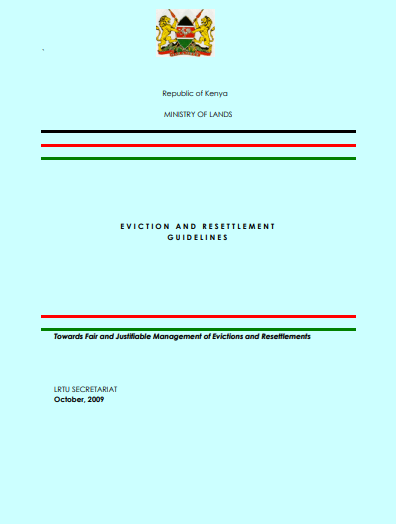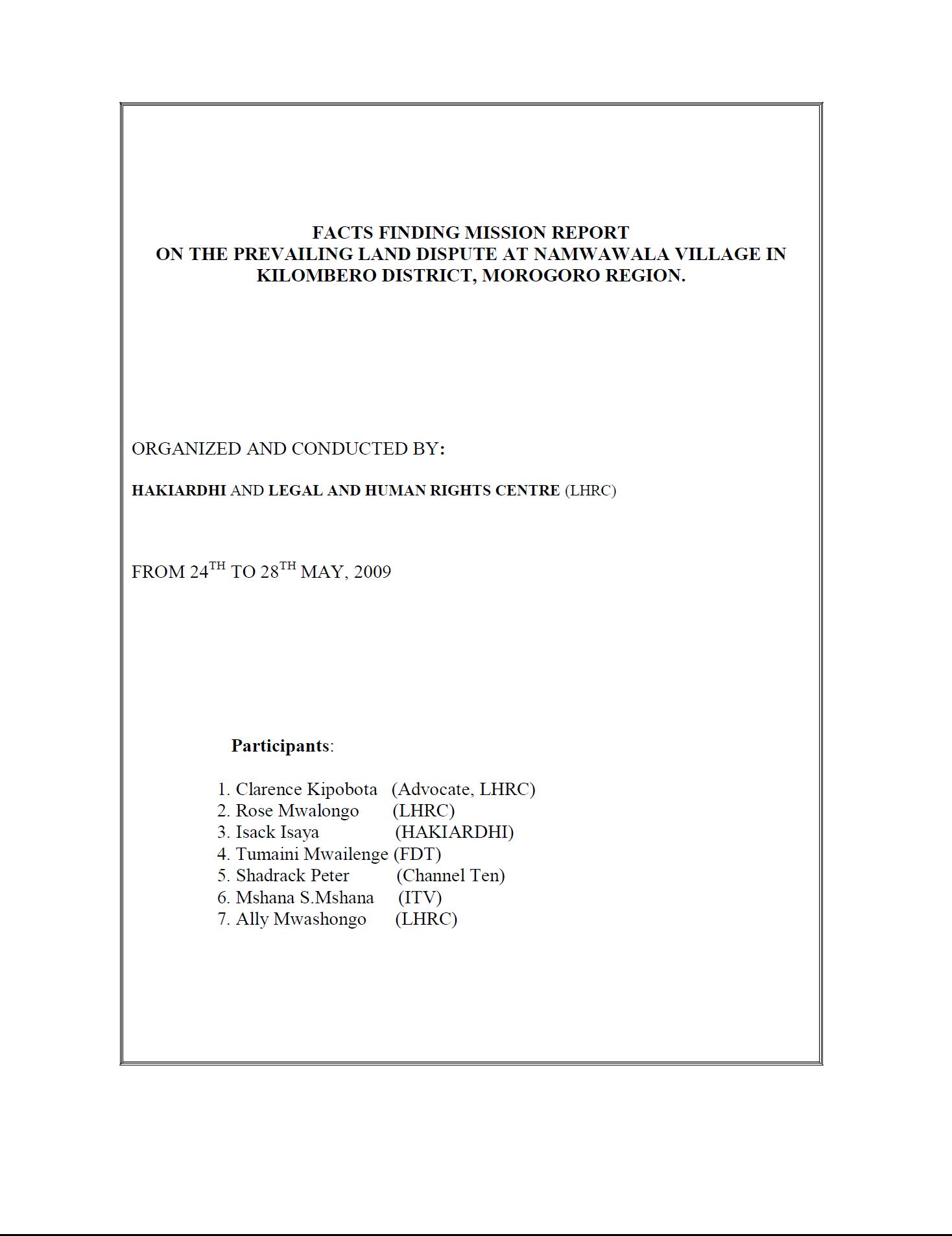From Promise to Performance? Wildlife Management Areas in Northern Tanzania
TNRF, UCRT and Maliasili Initiatives have published, From Promise to Performance?: Wildlife Mangement Areas in Northern Tanzania. The summary provides an overview of findings of two studies recently carried out by TNRF on the current status and performance of three WMAs in northern Tanzania, in Arusha and Manyara regions

